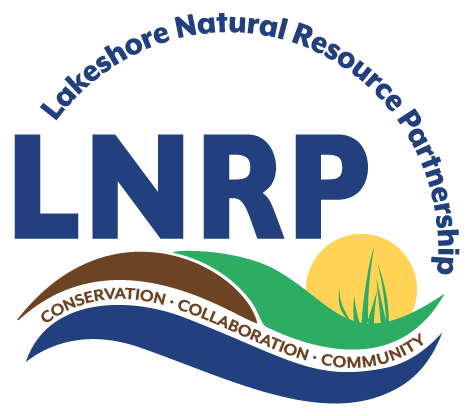Forest Recovery Project
A community effort to enhance, restore and sustain our native forests
Mission Statement
Engaging the Door Peninsula community to understand, strengthen, and protect our native forest ecosystems.
Vision Statement
Through environmental education and community involvement, the Forest Recovery Project aims to increase the level of awareness and citizen participation in forest recovery and enhancement practices. By collaborating with schools, conservation organizations, and businesses, the Project encourages participatory ecological stewardship that supports sustainable management of our native forests.
Why Recover Our Forests?
Forests are the very lungs of our communities. Trees filter air, hold moisture, sequester carbon, and provide oxygen for all living beings, scenic beauty, spiritual fulfillment and wonderful places to enjoy and connect with nature. They support rich ecosystem webs teeming with diverse plants, animals and fungi. As such, trees engender a Sense of Place and provide important pillars of our economy and general well-being.
With few exceptions, the Door Peninsula was entirely forested for thousands of years. Our native forest was an Old Growth wonderland growing from coast to coast and containing huge trees the likes of which are very rare today. Those trees added structure to a wide variety of ecosystems and habitats helping make the Door Peninsula home to an incredible level of biological diversity.
The many changes of modernity have left the surviving patches of forest ecosystems shadows of their original majesty, diversity and functionality. The isolation and cumulative edge effects currently experienced leave these often dislocated ecosystems vulnerable to decline even before we factor in the deleterious effects of climate fluctuation and invasive species. Under such pressures, maintaining these intact remnants of our ancient forests will likely become increasingly difficult.
Please contact us at 920.421.2283 if you would like to participate with outreach or events such as:
Invasive species control
Tree release and appropriate thinning to enhance forest diversity
Natural habitat structures including nest and den boxes, raptor platforms, etc.
Stewardship training and native plant rescue
Supporting our local forest products industry
Native plant rescue

